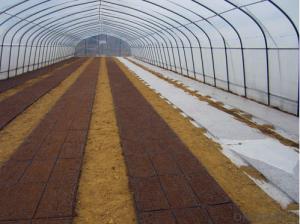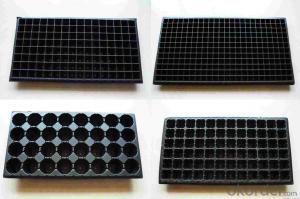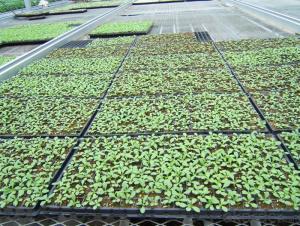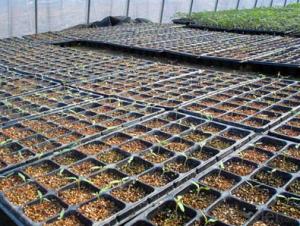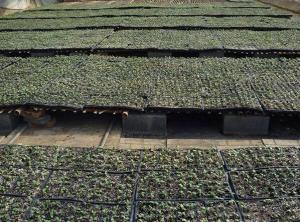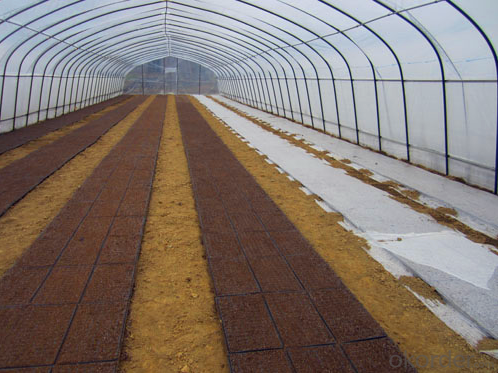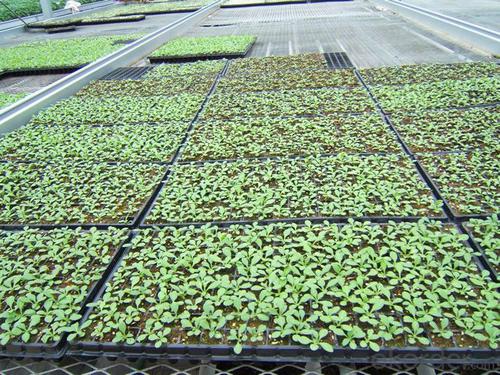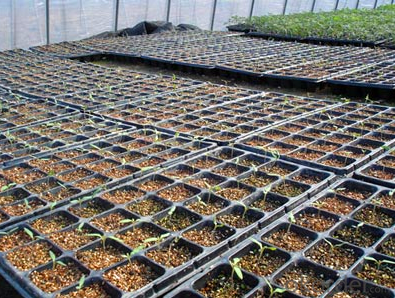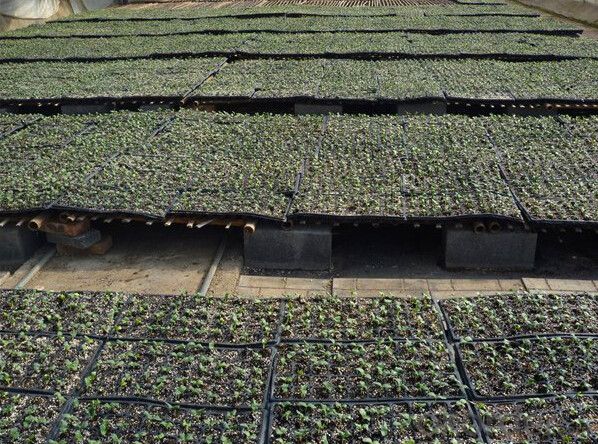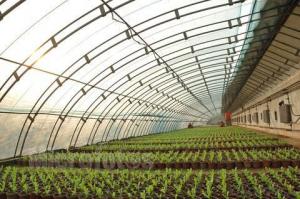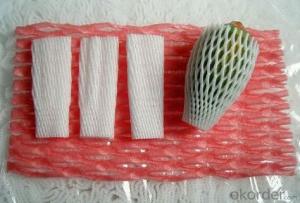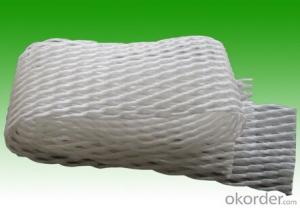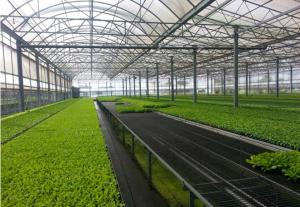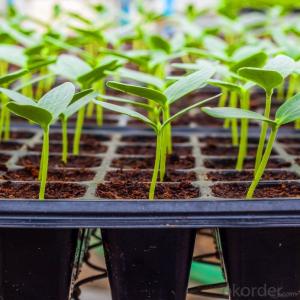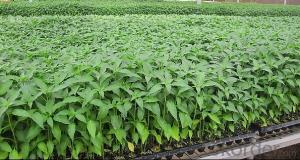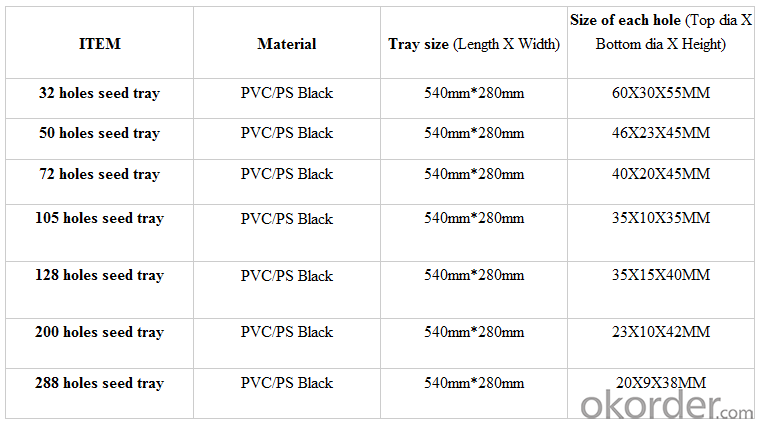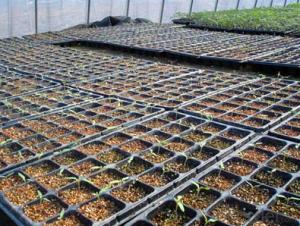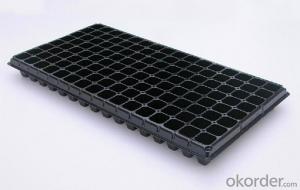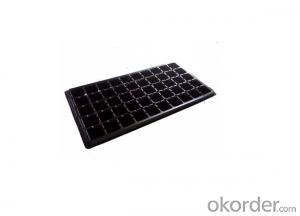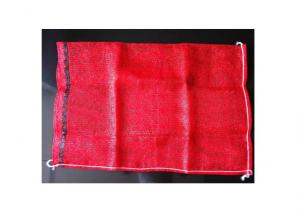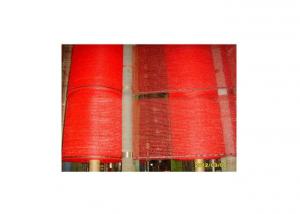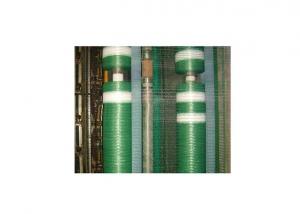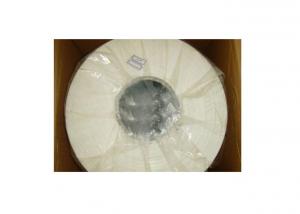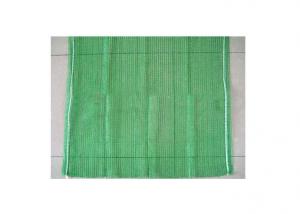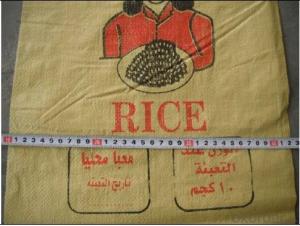72 Cells PS Seedling Tray,Seed Tray,Plug Tray
- Loading Port:
- China main port
- Payment Terms:
- TT OR LC
- Min Order Qty:
- 2000 pc
- Supply Capability:
- 2000000 pc/month
OKorder Service Pledge
OKorder Financial Service
You Might Also Like
Brief Introduction to CNBM:
CNBM International Corporation (CNBM International) is the most important trading platform of CNBM Group Corporation, a state-owned company under the direct supervision of State-owned Assets Supervision and Administration Commission of the State Council.
CNBM International is highly recognized by its business partners and clients all over the world and has obtained rapid development under the spirit of win-win. We will carry on the mutual beneficial, innovative and revolutionary trading structure as we did before, create value for our employees, share holders and clients and benefit the whole society in our future development.
Features:
Material: HIPS
Thickness: 0.5mm-1.5mm, Standard:1mm
Weight: 80g(±5)g-230g(±5)g, Standard weight:155g(±5)g
Size: length:490mm-540mm, width:190mm-345mm,depth:25mm-150mm
Standard:540mmX280mm
Cell count: 18-512
Package: In Carton
Warrenty: 8-10 times
Picture:
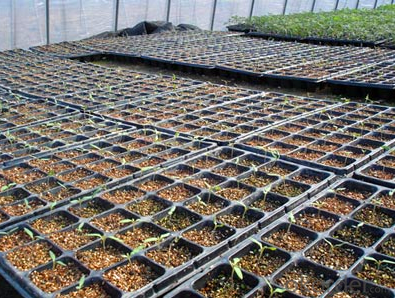
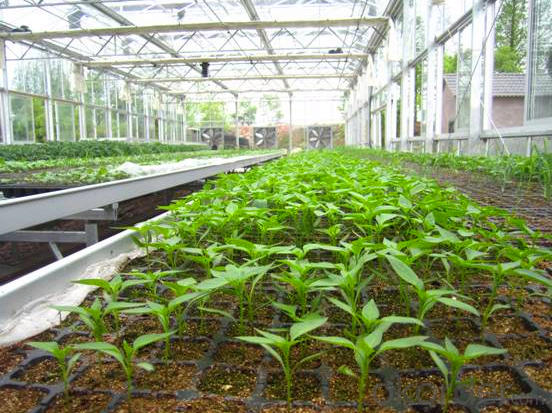

Specification:
FAQ:
Q:1.How many times can the seed tray be used?
A: Under the same environment, it is decided by the thickness. Usually 0.6mm thickness can be used for 1 or 2 times.
1.0 thickness can be used for 3-4 times. 1.5 thickness can be used for 8-10 times.
Q: 2.How long is the production time?
A: Usually one to two weeks.
Q: 3.How is the seed tray being packaged?
A: They can be packaged in carton or pallets. Carton size is 55cm*29cm*50cm.
- Q: When the issue of San Francisco banning its city employees from using bottled water (allegedly for environmental concerns in making the plastic from petroleum), another newscaster also mused that plastic water can be a health issue from the seepage of the plastic into the water.Do you view bottled water as a health risk? Has anyone had problems with this?
- I view that there are too many damn health risk around. Really, think about it. You can find a health risk in ANYTHING. I would take a deep breath, take a big swig of water from a plastic bottle and settle the helk down. Now, I can understand a City banning it since plastic is not bio degradable but I won't worry about dying from drinking water from a plastic bottle. Crap, we fill our water pitcher right from our tap. Man, there are other things to stress over.
- Q: I want to create mostly hollow sculptures. I figure I want to make them out of plastic and store things inside. Eventually I'm thinking fairly complex/artistic sculptures. How do I go about making a plastic sculpture? Are there any good tutorials out there?
- Mold is a tool of producing the plastic products. It consists of several groups of components parts, this combination including mold cavity. When injection molding, mold will be put on the injection molding machine, Molten plastic is injected into the mold cavity, And cooling setting in the cavity, Then separate the upper and lower mold. Then through the ejection system,to let the goods out from the cavity. Then the last thing is closing the mold and for the next injection. The Entire injection molding process is carried out cycle.
- Q: What are the rules or laws governing the use of recycled agricultural plastics?
- <p>Yes, there are regulations on the use of recycled agricultural plastic materials. These regulations vary by country and region but generally aim to ensure the safety and quality of recycled plastics used in agriculture. They cover aspects such as the collection, processing, and reuse of plastic materials, often requiring them to meet specific standards for contaminants and degradation. Compliance with these regulations is crucial to protect the environment and human health.</p>
- Q: What are the different types of plastic trays used in plant propagation?
- There are several different types of plastic trays commonly used in plant propagation, including seed trays, plug trays, and cell trays. Seed trays are shallow, flat trays with individual compartments or slots for planting seeds. Plug trays have larger, deeper compartments designed to hold plugs or small transplants. Cell trays are similar to plug trays but have smaller compartments, usually with a single cell for each plant. These trays are often made of durable plastic materials and are designed to provide optimal growing conditions for young plants during propagation.
- Q: Can ground cover be used on slopes?
- Yes, ground cover can be used on slopes. Ground cover plants are often chosen for their ability to stabilize soil and prevent erosion, making them an excellent choice for sloped areas. They can help retain moisture, reduce weed growth, and enhance the overall appearance of the slope.
- Q: Can nursery trays be used for vertical farming?
- Yes, nursery trays can be used for vertical farming. These trays are designed to hold small plants and provide optimal conditions for their growth. In vertical farming, nursery trays can be stacked vertically, allowing for efficient use of space and maximizing the number of plants grown. Additionally, nursery trays facilitate easy monitoring, watering, and nutrient supply to the plants, making them suitable for vertical farming systems.
- Q: What are the best ground cover plants for sandy soil?
- Some of the best ground cover plants for sandy soil include creeping juniper, creeping phlox, beach sage, bearberry, and dune grass. These plants are well-adapted to sandy conditions, with their ability to withstand drought and thrive in poor soil.
- Q: What types of plastic containers are used for storing agricultural chemicals?
- The types of plastic containers commonly used for storing agricultural chemicals include high-density polyethylene (HDPE) jugs, drums, and intermediate bulk containers (IBCs). These containers are chosen for their chemical resistance, durability, and ability to safely store and transport various agricultural chemicals.
- Q: Are there any ongoing research projects on agricultural plastic products?
- Yes, there are several ongoing research projects on agricultural plastic products. These projects aim to explore sustainable alternatives to traditional plastic materials used in agriculture, assess the environmental impact of plastic waste in farming, and develop innovative recycling and disposal methods for agricultural plastics. Additionally, research is being conducted to improve the durability and longevity of agricultural plastic products, reduce their carbon footprint, and enhance their efficiency in various farming practices.
- Q: What materials are nursery trays typically made of?
- Nursery trays are typically made of plastic or biodegradable materials such as recycled paper or plant-based fibers.
Send your message to us
72 Cells PS Seedling Tray,Seed Tray,Plug Tray
- Loading Port:
- China main port
- Payment Terms:
- TT OR LC
- Min Order Qty:
- 2000 pc
- Supply Capability:
- 2000000 pc/month
OKorder Service Pledge
OKorder Financial Service
Similar products
Hot products
Hot Searches
Related keywords
